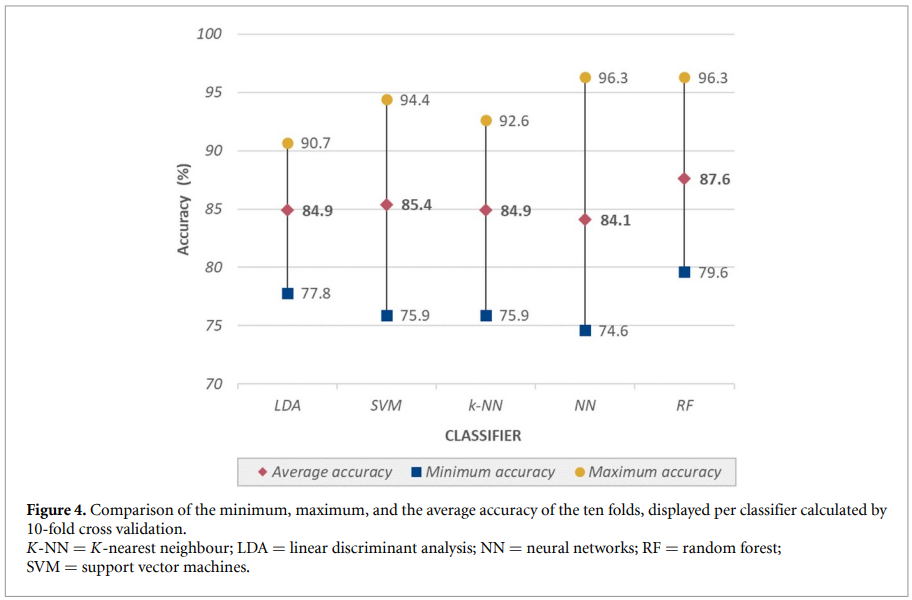Evaluation of different classification methods using electronic nose data to diagnose sarcoidosis
Aim: To evaluate the performance of various dimensionality reduction methods and classifiers to design the most accurate diagnostic model for sarcoidosis.
Take home message: eNose technology, combined with machine learning, shows strong potential as a non-invasive diagnostic tool for identifying sarcoidosis within ILD patients, providing rapid and accurate support for clinical decision-making.
Introduction
This study evaluates the effectiveness of electronic nose (eNose) technology and various machine learning methods to create a diagnostic model for detecting sarcoidosis, a complex interstitial lung disease (ILD). eNose technology analyzes exhaled volatile organic compounds (VOCs), offering a non-invasive approach that may enhance diagnostic accuracy in pulmonary medicine, especially in diseases like sarcoidosis where current diagnostic methods involve uncertainty.
Methods
The dataset included eNose breath samples from 224 sarcoidosis patients and 317 patients with other ILDs. Exhaled breath was collected using the SpiroNose®, which captures breath profiles, stored on the BreathBase® platform. The study systematically tested several dimensionality reduction techniques and classifiers, including random forest (RF) and support vector machines (SVM), to identify the most accurate diagnostic model. Nested cross-validation was used to validate the overall performance of each model.
Results
The combination of feature selection and random forest achieved the best diagnostic accuracy, with a cross-validated accuracy of 87.1% and an area-under-the-curve (AUC) of 91.2%. The model effectively differentiated sarcoidosis from other ILDs and provided individualized diagnostic probabilities, allowing for real-time clinical interpretation.




